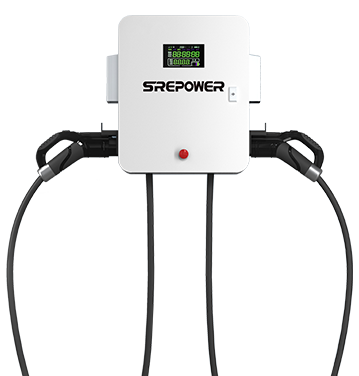As electric mobility accelerates worldwide—particularly with India’s ambitious EV targets—battery swapping stations in India are emerging as a key solution for fast, reliable energy replenishment. By integrating smart swap cabinets, cloud-based monitoring, and modular design, these stations enable two-, three-, and four-wheeled EV users to exchange depleted packs for fully charged ones in just minutes, driving adoption and operational efficiency across the subcontinent.
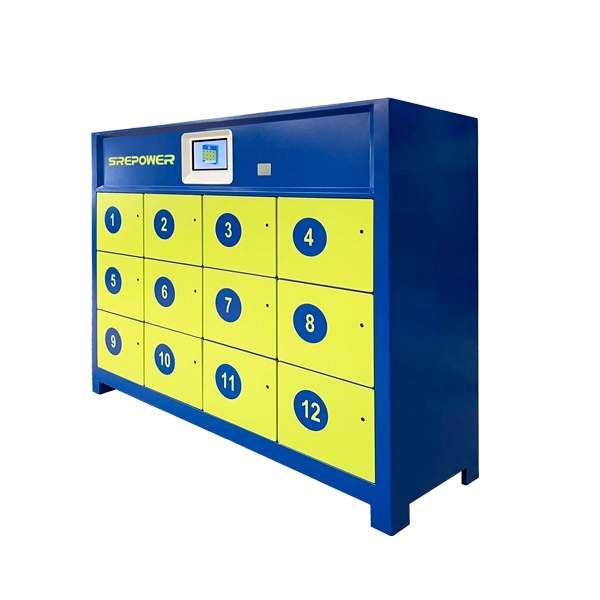

Battery swapping networks have expanded rapidly across Asia, Europe, and North America, offering an alternative to slow plug-in charging. China leads with over 50,000 swap stations dedicated to two- and three-wheelers in urban centers, while Southeast Asia follows closely, leveraging standardized cabinets to serve ride-hailing fleets. In Europe and North America, pilot projects focus on commercial vehicles and e-scooter programs, testing high-capacity swap units and wireless interchange systems.
India has joined this global trend, launching pilot swap hubs in Delhi, Bengaluru, and Pune to support delivery fleets and shared mobility services. With central incentives under the FAME II scheme and state subsidies, Indian swap stations are being integrated into logistics corridors and metro parking lots. Africa, too, is witnessing growth: SRE Power’s partnership with Spiro in Nigeria has deployed modular swap cabinets that service electric motorcycles across major cities, demonstrating the viability of battery exchange in emerging markets.




SRE Power’s Smart Swap Station is a fully integrated cabinet that combines charging, energy storage, and power exchange in a single unit. Available in configurations of 4, 5, 8, 10, or 12 battery modules.
Manufactured in Dongguan (China), Malaysia, and partner facilities in Africa, SRE Power stations adhere to ISO9001:2015, ISO14001, and IATF16949 standards. Rigorous quality controls and MES/BPM systems guarantee uniform production. Additional certifications include CE, FCC, and local approvals in key markets, demonstrating SRE Power’s commitment to safety, environmental compliance, and performance.
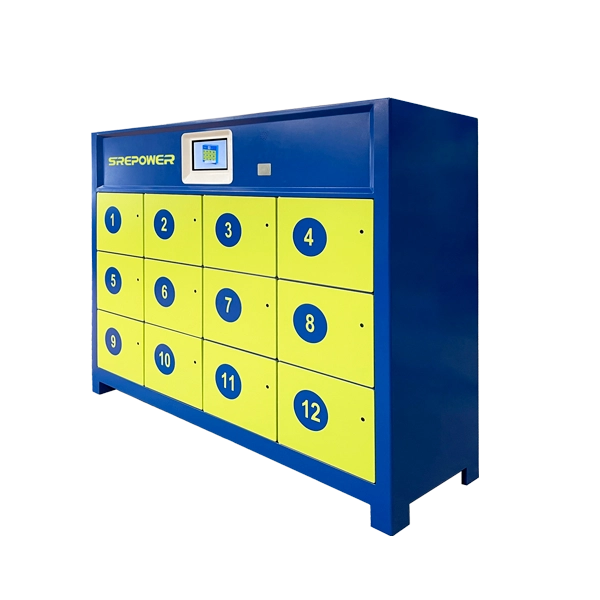
Fast – Flexible – Cloud‑Managed Battery Exchange for electric motorcycle, scooter, tricycle
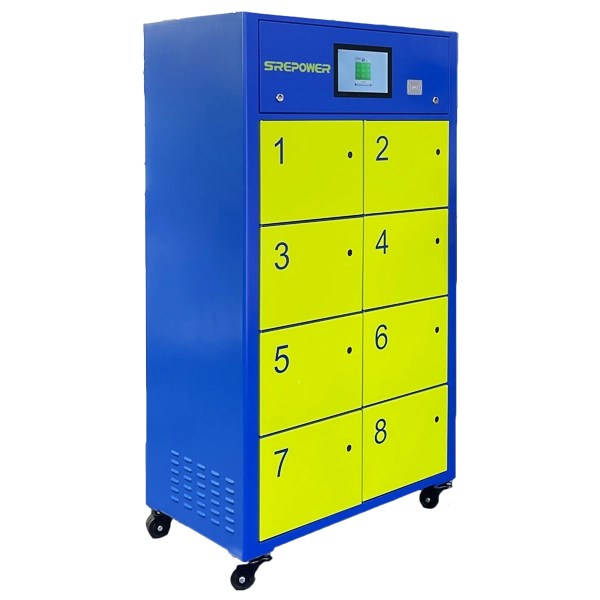
One-stop solution for convenient battery Exchange
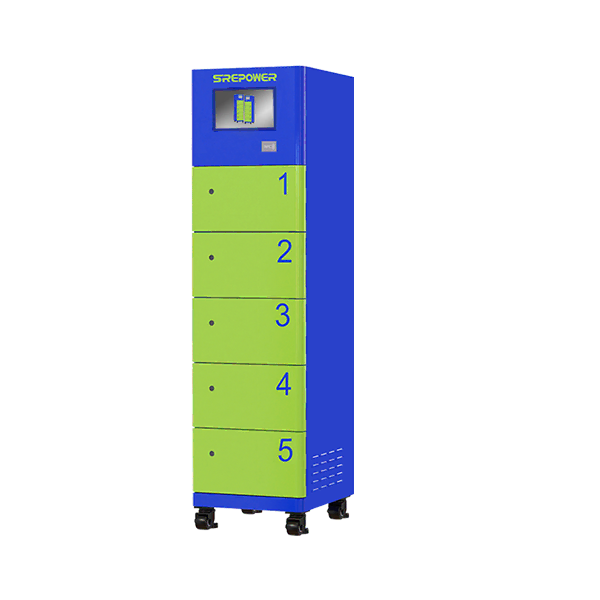
Rapid, Modular 5‑Slot Battery Exchange with Intelligent Cloud Management for Fleet Efficiency
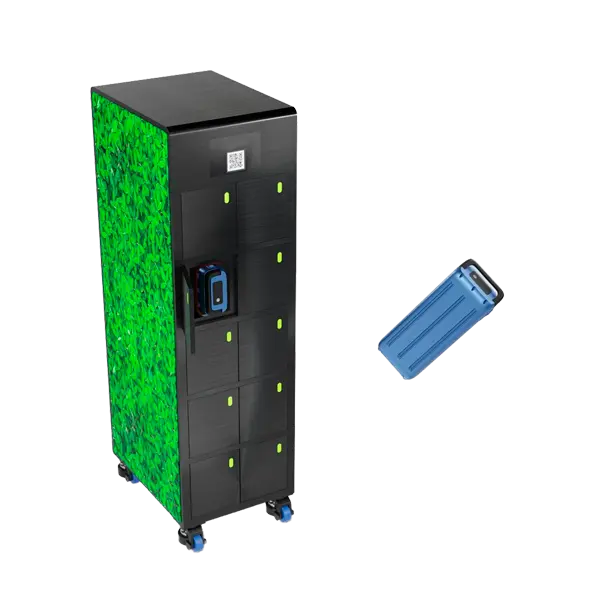
The Best Battery Swap Cabinet Solution Supplier in China
In India, battery swapping stations serve a variety of use cases: E-commerce & Food Delivery: High-frequency two-wheeler fleets from Swiggy, Zomato, and Dunzo demand uninterrupted operations—swap stations enable round-the-clock service.
Shared Mobility Platforms: Three-wheeler aggregators like Ola and Uber pilot swap hubs to reduce downtime and improve utilization.
Corporate & Campus Shuttles: Private bus and micro-transit operators use swap stations to maintain continuous EV services without lengthy charging breaks.
Public Transport Demonstrations: Select municipal corporations test electric bus swap bays to assess large-vehicle feasibility.
SRE Power’s modular swap cabinets, with cloud analytics and remote management, provide scalable, low-footprint solutions that adapt to India’s diverse urban and peri-urban environments.
Modular Capacity: Choose from 4–12 battery slots to match local demand, with hot-swappable design for minimal maintenance.
Multi-Brand Support: Intelligent auto-ID ensures seamless exchange of different battery chemistries and formats.
Rugged Durability: IP65-rated, rust-proof enclosures endure monsoon rains and high dust levels.
IoT & Cloud Integration: Real-time telemetry on battery state, swap history, and revenue; remote diagnostics reduce downtime.
Comprehensive Safety Suite: Sensors monitor current, voltage, temperature, plus smoke and humidity, triggering protective shutdowns and notifications.
Rapid Deployment: Pre-configured cabinets ship ready for plug-and-play installation, shortening project timelines.
Sustainable Power Options: Optional solar array integration powers charging racks, minimizing grid strain and operating costs.
These advantages make SRE Power stations a robust choice for operators seeking reliability, scalability, and data-driven performance.
SRE Power’s modular swap stations support 48V–72V two-wheelers, three-wheelers, and select four-wheeler EVs, enabling seamless battery exchange for diverse fleets.
With NFC auto-identification and hot-swap design, most exchanges complete in just 3–5 minutes—ideal for high-frequency delivery and ride-hailing operations.
Users can pay via mobile app, QR code scan, NFC cards, or popular third-party wallets, ensuring flexible transactions at every swap station.
Yes. Our IP65-rated cabinets are dust-proof and waterproof, with multi-sensor alarms (smoke, humidity, temperature) and automatic shutdown to protect batteries and users.
IoT sensors in each battery cradle record voltage, current, temperature, and cycle count, streaming data to the cloud for real-time analytics and predictive maintenance.
Comprehensive protections include over-current/over-voltage/short-circuit safeguards, plus environmental alarms and emergency power-off—all certified to ISO9001, ISO14001, and IATF16949.
Yes. Over-the-air (OTA) updates deliver new features and security patches to both swap station hardware and user apps without field visits.
Standard input is AC 150–270V (115A max). Stations can also integrate solar or microgrid storage for off-grid or backup power.
Prioritize high-usage zones such as delivery hubs, ride-hailing depots, shared mobility hotspots, and highway rest areas to maximize utilization and ROI.
India’s EV revolution, underpinned by FAME II incentives and state-level subsidies, has propelled battery swapping stations in India from pilots to commercial roll-outs. Major urban centers—Delhi, Bengaluru, Mumbai, and Pune—now host dozens of swap hubs primarily serving delivery fleets and two-wheeler ride-hailing services. This initial phase emphasizes proof-of-concept, validating quick exchange times and demonstrating operational gains through reduced downtime.
Key developments shaping the next five years:
Network Expansion to Tier-II/III Towns
As two-wheeler EV adoption rises beyond metros, swap stations will spread to smaller cities and highway corridors. Public–private partnerships will target logistics lanes, enabling intercity travel for light commercial vehicles.
Regulatory Standardization
Government and industry bodies are fast-tracking uniform battery specifications and swap protocols, ensuring interoperability across OEMs and swap-station operators, reducing fragmentation and equipment redundancy.
Digital Ecosystem Integration
5G rollout and emerging IoT platforms will enable intelligent load balancing, dynamic pricing, and predictive maintenance. AI-driven analytics will optimize battery utilization, forecast demand, and guide station placement.
Renewable Energy Synergies
To mitigate grid pressures and cut operating costs, swap hubs increasingly pair with solar canopy installations and battery-storage systems. During off-peak hours, excess solar power charges battery banks, while peak-period swaps draw from stored energy.
Hybrid Service Models
Operators will combine swap services with fast EV charging, offering users choice based on time constraints and battery ownership preferences. This comprehensive approach caters to both private owners and fleet managers.
Commercialization & Franchise Models
Franchise and BOT (Build–Operate–Transfer) models will accelerate station deployment, with OEMs and financial institutions sponsoring infrastructure in exchange for revenue-share agreements.
R&D & Localization
Continued investment in lighter, higher-energy-density batteries and advanced swap-cabinet materials will improve performance and reduce capex. Local manufacturing hubs—like SRE Power’s plants in Dongguan, Malaysia, and Africa—will expand to India, lowering logistics costs and lead times.
User Adoption & Behavior
As awareness grows, individual EV owners will embrace swapping for convenience, while fleet operators will leverage subscription and token-based access to optimize total cost of ownership. Gamification and loyalty programs may incentivize off-peak swaps, flattening demand curves.
SRE Power, leveraging its global expertise and on-ground partnerships, is uniquely positioned to guide India’s swap-station evolution. Its modular, certified stations and cloud-native management suite provide a blueprint for scalable, sustainable, and user-centric battery exchange networks that will underpin India’s next phase of electric mobility.
Selecting the right battery swapping station manufacturer is crucial to ensure reliable service, scalable expansion, and strong ROI. Consider these key criteria:
1. Technical Expertise & Track Record
Evaluate the manufacturer’s experience with multi-format battery management and large-scale deployments. SRE Power, established in 2014 with 50+ engineers, has implemented swap networks across India, Africa, and Southeast Asia—demonstrating robust performance under varied conditions.
2. Modular Design & Scalability
Opt for systems that allow easy capacity expansion (e.g., 4 to 12 battery modules) without full cabinet replacement. Modular solutions minimize upfront costs and adapt to growing EV volumes.
3. Compatibility & Interoperability
Ensure support for multiple battery chemistries, voltages, and OEM formats. Look for auto-identification features that eliminate manual settings. Interchange standards (e.g., IEEE 2030.1.1) future-proof your investment.
4. Safety Protocols & Certifications
Verify compliance with ISO9001, ISO14001, IATF16949, plus local electrical and environmental certifications. Confirm active safety measures—over-current/voltage, short-circuit protection, smoke and environmental sensors, plus emergency shutdown protocols.
5. Digital Platform & Remote Management
A robust cloud-based operations dashboard is essential for monitoring battery health, swap counts, revenue, and maintenance. Features like 2G/4G connectivity, OCPP support, and OTA upgrades reduce field service costs and ensure uptime.
6. Deployment & After-Sales Support
Assess the manufacturer’s global production capacity and local service network. SRE Power’s facilities in China, Malaysia, and Africa, along with regional Indian partners, guarantee quick lead times and responsive maintenance.
7. Total Cost of Ownership (TCO)
Compare initial capex, battery inventory costs, grid or renewable energy integration expenses, and ongoing opex (power, maintenance, platform fees). Modular swap stations often achieve faster breakeven by maximizing utilization and reducing per-swap costs.
8. Integration with Broader EV Ecosystem
Consider how swap stations complement EV fast chargers and public charging networks. A manufacturer that provides both swap and fast-charging solutions (like SRE Power) allows operators to offer hybrid services—battery exchange plus rapid plug-in charging—for maximum flexibility.
9. Sustainability & Green Energy Options
If reducing carbon footprint is a priority, select stations capable of integrating on-site solar or other renewables. Battery storage can be used for grid balancing or demand-response, turning swap hubs into microgrids.
10. Reference Projects & Customer Feedback
Request case studies and speak with existing clients about reliability, platform usability, and support responsiveness. Proven success in similar markets—such as SRE Power’s deployments for Spiro in Nigeria and delivery fleets in Indian metros—provides confidence in performance.
The battery swapping station market in India features a competitive landscape of domestic and international players. Below are ten leading manufacturers and solution providers (in no particular order):
SRE Power
Offers 4–12 module smart swap cabinets with IoT telemetry, cloud analytics, and OTA updates. Global deployments in India, Africa, and Southeast Asia validate reliability and scalability.
Sun Mobility
Joint venture with Ashok Leyland; over 500 operational swap stations nationwide. Focus on two- and three-wheelers with standardized battery packs and subscription models.
Lithium Urban Technologies
Provides swap stations coupled with fleet management software. Targets logistics operators with turnkey solutions—hardware, software, and service.
Battery Smart
Specializes in third-party battery compatibility, allowing multiple brands to use the same swap infrastructure. Emphasizes open-platform interoperability.
Exide Energy Solutions
Legacy battery manufacturer leveraging OEM relationships to deploy large-format swap stations, including microgrid integration and energy storage.
Ather Energy
E-scooter pioneer with proprietary swap kiosks for its vehicles, creating a closed-loop ecosystem and premium user experience.
Leap Motor India
Deploys compact, high-throughput swap stations for shared three-wheeler and delivery fleets, integrating dynamic pricing and route optimization.
Odysse Electric
Offers hybrid solutions combining mobile charging vans and stationary swap cabinets for remote or emergency use cases.
Amara Raja Batteries
Industrial battery expert developing large-scale swap kiosks and offering battery-as-a-service (BaaS) platforms with recycling and lifecycle management.
Bounce Infinity
Motorcycle rental platform building its own swap network to support its fleet, later opening stations to third-party users to monetize excess capacity.
Each manufacturer brings unique strengths—standardization, fleet focus, renewable integration, or closed-loop ecosystems. SRE Power stands out for its modular design, extensive safety certifications, and proven global deployments, making it a preferred partner for building India’s comprehensive swap-station infrastructure.
Interested in swapping stations in india Contact us today to learn how our solutions can power your vehicles!
